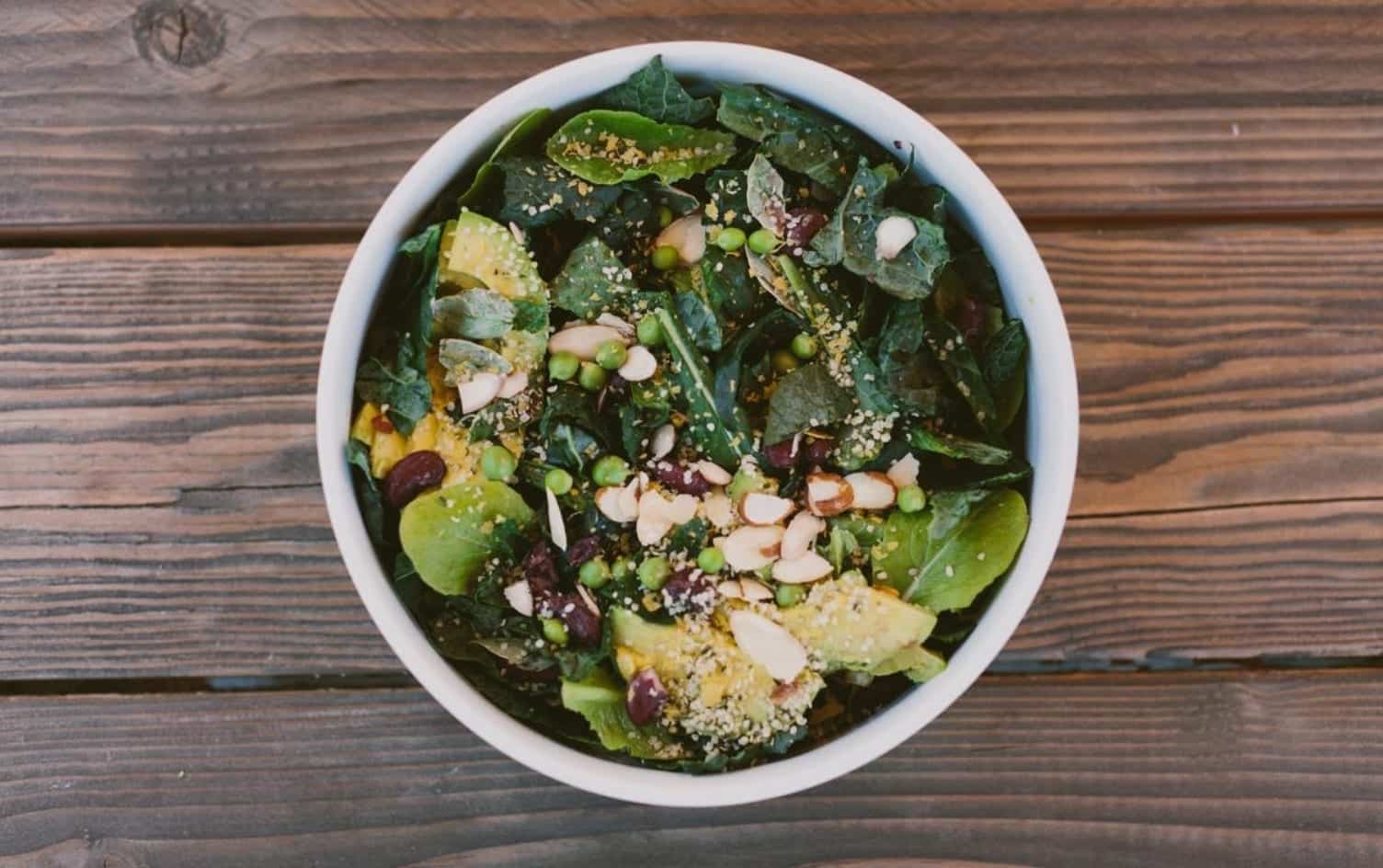It’s safe to say quarantine has changed most people’s eating habits in some way. Added stress, fewer grocery trips, reduced availability of certain foods and tighter budgets means many of us have been forced to reevaluate how we cook, eat and shop — which can be a challenge. To shift your food habits in a positive direction, nutritionists and dietitians share their top takeaways from adjustments they’ve made in this “new normal.”
“Personally, my eating habits have improved during quarantine because I have more time to plan and prepare meals,” says Aja Gyimah, RD. It’s a trend she’s noticed with many of her clients, too. “I place a lot of emphasis on eating three meals a day, and lots of people skip breakfast simply because they don’t have enough time,” she says. “Now that we’re no longer commuting, there’s more time in the morning to have a well-balanced breakfast that’s going to keep you full and prevent you from feeling hungry and unfocused all day.”
Here are some RD-approved breakfast recipes to try:
- Kale Egg-White Quiche With Sweet Potato Crust
- Broccoli Pesto Omelet With Mixed Greens
- Overnight Spring Vegetable Strata
“I’ve always been a big meal planner, but I’ve taken it to a whole new level during quarantine because I really want to minimize trips to the grocery store,” says Sarah Rueven, RD. “I get very specific so I know exactly what to make and when.” Having a plan alleviates a lot of the stress around food, she adds.
To deal with cooking fatigue, she’s started to rely more heavily on leftovers. “I frequently double recipes so we have lunch the next day, or if I’m making a dish that includes a whole grain like quinoa, I’ll make double what I need for that meal so I can have extra for adding to a salad or having as a side the next day.”
This is another creative way to deal when you’re tired of cooking every meal from scratch. “When getting takeout, I will order extras of lean proteins and veggies to be revamped into a meal for the next day,” says Jenna Appel, RD. “This helps to take some of the work out of increased cooking.” To make takeout healthier, ask for sauces on the side when possible and pre-portion into separate containers so you won’t be tempted to overeat.
Just like the rest of us, nutrition pros have struggled with spending so much time at home. “Early on during the quarantine, I fell into the habit of drinking a glass of wine before dinner too many times a week,” says Jill Weisenberger, RD, author of “Prediabetes: A Complete Guide.” “Not wanting that to stick with me, I decided to substitute another behavior that also gave me the gift of relaxation. Now, nearly everyday before dinner, I pour flavored sparkling water into a wine glass and unwind with a book, a podcast or a conversation with my husband.” Other ways to relax include taking a walk, gardening, self-massage or meditation.
Plant-based eating has a host of health and environmental benefits, and it’s especially well-suited to quarantine times. “With an increased reliance on our pantry, turning to non-perishables for protein has become a more frequent occurrence,” says Alicia Edge, RD. “With items like chickpeas, lentils and beans, my confidence in cooking with plant proteins has improved and my repertoire of family meals that are meat-free has increased.”
Here are some RD-approved plant-based recipes to try:
- Shawarma-Spiced Chickpea Bowls
- Red Lentil-Beet Hummus
- Baked Falafel With Shaved Cucumber Salad and Tahini Dressing
“I used to not think twice about going to the local health food store to buy a cookie or a bar of chocolate during the week if I wanted something sweet,” says Melissa Boufounos, a certified holistic nutritionist and Precision Nutrition Level 2 coach. “But when I’d go out for that one treat, I’d end up buying a bunch of other quick, convenient foods I didn’t need.” Now, with fewer grocery trips overall, Boufounos has found herself buying treat foods only during her main grocery trips. If she runs out before the end of the week: “We won’t go back out just to buy another chocolate bar,” she says, which means fewer impulse grocery purchases overall. Consider what you might be buying that you don’t really need and see how you can cut back to be more budget-friendly.
It’s both satisfying and budget-friendly to find a use for the ingredients currently collecting dust in your cupboard. “For example, I recently made a delicious Brazilian cheese bread with some tapioca flour I had,” says Summer Yule, a registered dietitian and recipe developer. “I’ve also made a really delicious pizza crust with some chickpea flour I bought some time ago for a recipe but had not used since. Using what I have keeps me from making more frequent trips to the store, and gives my diet more healthy variety as well.”
“I’ve noticed that with all the high stress, I’ve been craving more comfort foods,” says Kristen Carli, RD. “I’ve been increasing my healthy fat and protein intake to help combat these cravings. Doing so helps me stay more satiated throughout the day.” Carli recommends a filling breakfast like eggs, toast and fruit and having balanced snacks on hand, like apple slices with peanut butter. You can also try logging your food in an app like MyFitnessPal to see where you can increase your healthy fat and protein intake while decreasing processed foods.
Unlock an experience that’s like having a dietitian, trainer and coach — right at your fingertips. Go Premium for expert guidance and exclusive tools that will help you reach your personal health goals.




